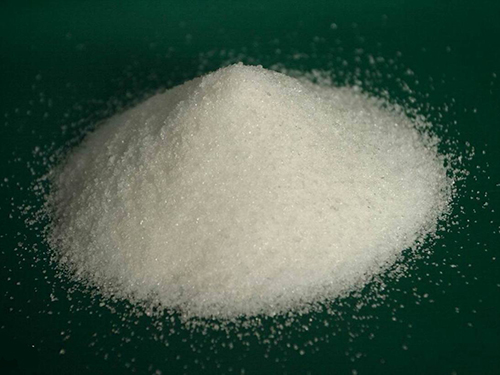Applications and Benefits of Diethylene Triamine Pentaacetic Acid in Chemical Industries
Understanding Diethylenetriamine Pentaacetic Acid (DTPA)
Diethylenetriamine pentaacetic acid (DTPA) is a significant chelating agent widely used in medical, industrial, and environmental applications. As a polyaminocarboxylic acid, DTPA has the unique ability to form stable complexes with various metal ions, making it invaluable in several fields, including radiology, pharmacology, and environmental science.
Structure and Properties
The chemical formula for DTPA is C14H23N3O10, and its structure features a central diethylenetriamine backbone with five carboxylic acid groups. This configuration allows DTPA to bind various metal ions effectively. The presence of multiple coordination sites means that it can encapture different cations such as calcium, iron, lead, and other heavy metals. This property makes it a potent tool for both detoxifying harmful substances and facilitating diagnosis and treatment in medicine.
Medical Applications
In the medical field, DTPA is primarily used in imaging and therapeutic processes. One of the most notable applications is in nuclear medicine. DTPA can be labeled with radioactive isotopes for use in imaging techniques such as single-photon emission computed tomography (SPECT) and positron emission tomography (PET). For instance, DTPA can transport technetium-99m, a widely used radioisotope, to specific organs for diagnostic imaging, particularly in kidney function studies.
In addition to diagnostic uses, DTPA is also employed in the treatment of heavy metal poisoning. When introduced into the body, DTPA binds to toxic metals like lead or mercury, forming stable complexes that can be excreted through urine. This chelation therapy helps reduce the toxic burden on the body and is a critical intervention in cases of metal toxicity.
diethylene triamine penta

Industrial and Environmental Uses
Beyond its medical applications, DTPA is instrumental in various industrial processes. In manufacturing, it is used in metallurgical applications for removing unwanted metal ions from products, enhancing the quality of items such as steel and paint. Similarly, in the oil and gas industries, DTPA is utilized to stabilize metal ions during the extraction and refining processes.
From an environmental standpoint, DTPA plays a role in soil remediation and water treatment. It can effectively bind heavy metals in contaminated soils, making them more manageable for extraction and removal. Moreover, in water treatment plants, DTPA is used to sequester metals, preventing them from interfering with disinfection processes. Its ability to form stable complexes not only facilitates the removal of metals but also reduces the bioavailability of these toxic elements, mitigating their environmental impact.
Safety and Environmental Concerns
Despite its useful properties, the use of DTPA is not without its concerns. The chelating agent can mobilize heavy metals from soil and sediment, potentially releasing toxins into the environment if not managed correctly. Additionally, while DTPA itself is generally considered to have low toxicity, its metabolites and degradation products may pose risks that require further investigation.
Conclusion
Diethylenetriamine pentaacetic acid is a multifaceted compound with essential roles in various domains, particularly in medical diagnostics, therapeutic interventions, and industrial applications. Its ability to effectively chelate and bind with metallic ions proves invaluable in both treating health conditions related to heavy metal exposure and enabling efficient industrial processes. As scientific knowledge evolves and environmental protection becomes increasingly critical, the applications of DTPA will likely expand, bringing both benefits and challenges that require careful management. Understanding its properties, uses, and potential environmental impacts will play a crucial role in harnessing DTPA effectively while minimizing risks.
-
Pbtc Scale InhibitorPBTC: A Scale Protector for Industrial Water TreatmentNewsAug.05,2025
-
Organic Phosphonate: An Efficient Defender in the Field of Scale InhibitionNewsAug.05,2025
-
Hydrolyzed Polymaleic Anhydride: Green Pioneer in Scale Inhibition FieldNewsAug.05,2025
-
PAPEMP Polyamino Polyether Methylene Phosphonic Acid For SaleNewsAug.05,2025
-
Flocculant Water Treatment: A Pioneer in Purification in the Field of Water TreatmentNewsAug.05,2025
-
Benzyl Isothiazolinone: An Efficient and Broad-Spectrum Antibacterial Protective GuardNewsAug.05,2025





